Cricket Australia
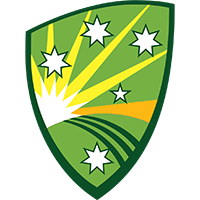
Cricket Australia: domestic tournaments, competitions, cups and leagues
Twenty20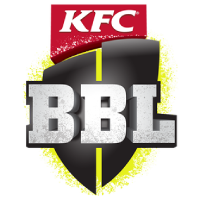 Big Bash League
LIVE
Has Not Started
Completed
Limited Overs
Big Bash League
LIVE
Has Not Started
Completed
Limited Overs


Cricket Australia: National Team and Domestic Teams (Clubs)
Australia National Cricket Team
 Adelaide Strikers
Adelaide Strikers
 Brisbane Heat
Brisbane Heat
 Hobart Hurricanes
Hobart Hurricanes
 Melbourne Renegades
Melbourne Renegades
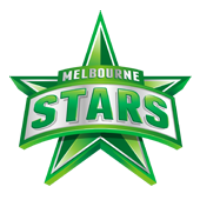


 Queensland Bulls
Queensland Bulls




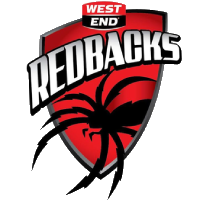
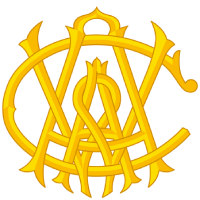
Cricket Australia: Subordinate Organizations (Members)
The Cricket Australia organization includes affiliated subordinate organizations – 6 members from each Australian state, as well as 2 cricket organizations from Australian territories that do not have member status.








Cricket Australia: Facts and Records
Australia didn’t lose a Test at Lord’s for straight 75 yrs.
David Warner made his international debut for Australia without playing any FC game.
Adam Gilchrist used a squash ball in his batting glove in 2007 WC final.
Dennis Lillee came to bat with an Aluminum bat in Tests against England.
George Bailey captained Australia on his International debut.
Cricket Australia - the governing body for cricket in Australia
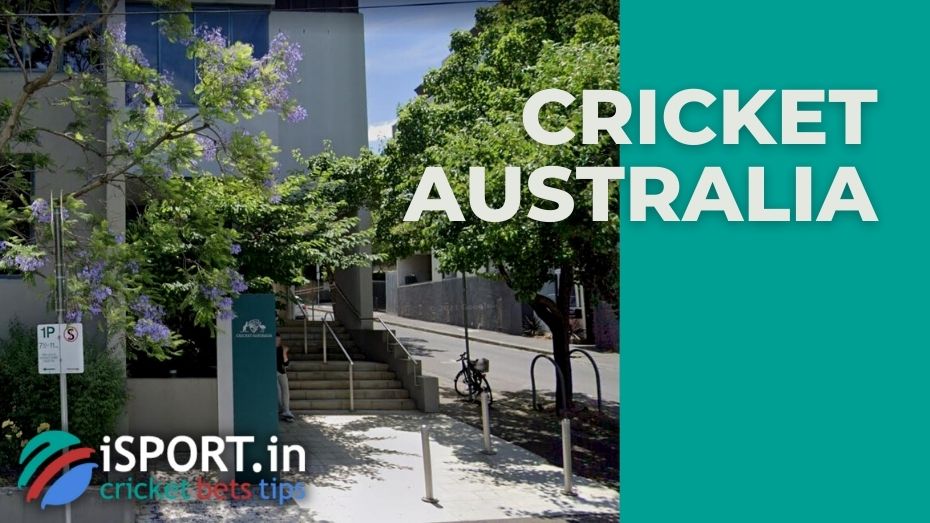
Cricket Australia (CA), formerly known as the Australian Cricket Board (ACB), is the leading body dealing with all issues related to cricket in Australia. Formed in 1905, the specialized organization, along with the English one, is considered one of the oldest in the world.
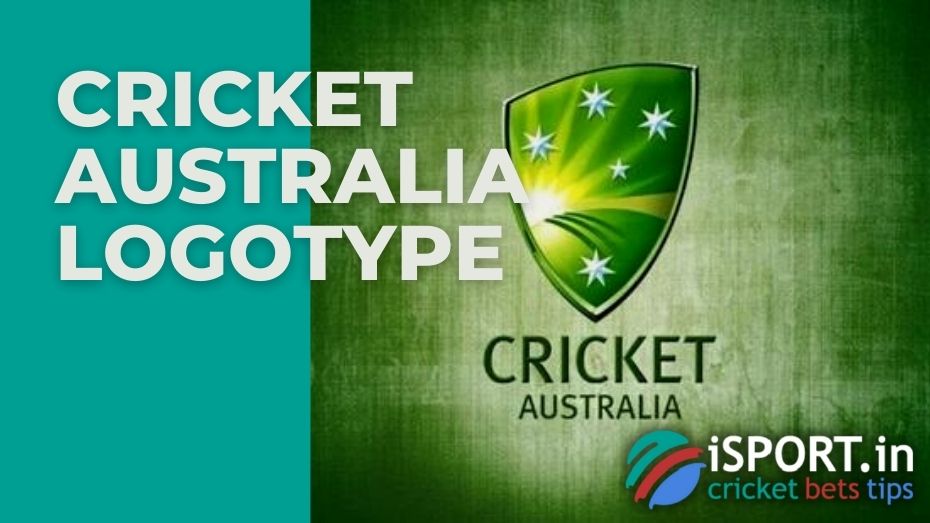
CA is also responsible for managing Australian cricket teams at the professional and amateur levels of all ages, including the men’s and women’s national teams. In addition, the rules of Cricket Australia prescribe the organization and conduct of Test and ODI at home and international arenas.
Cricket Australia: history
The history of CA begins with the appearance in 1892 of the first centralized body dealing with the management of all issues related to cricket in Australia.
The emergence of this structure resulted from the unification of representatives of several local associations of South Australia, New South Wales and Victoria to unify and standardize organizational rules. However, in its original form, this project (the Australasian Cricket Council) existed for only six years, after which it was closed. A rethought plan for a single national cricket body, the ABCIC, appeared in 1905.
Interestingly, this structure first drew attention to the organization of championships on a shared basis. Before that, all tournaments were held at the expense of private financing, including the costs of the cricketers themselves. International meetings were held similarly. Later, researchers were able to determine the reason for the failure of the Australasian Cricket Council (1892-98), which is the financial insolvency of this enterprise.
Although it was not without advantages, so the Sheffield Shield was born – a tournament held among the Australian colonies until now. Initially, all clubs strive to organize events of this kind, that is, not devoid of financial benefits. And over time, administrators began to worry about the problems of finding a single tool to help clubs and not an address one as before. In January 1905, this was to become the Australian Board of Control for International Cricket. Already on May 6, the first meeting of the new education was held in Melbourne.

The founders of the new body were New South Wales and Victoria. However, it so happened that representatives of South Australia refused to participate in the project while their players were deprived of any representation. From here, the Queensland Cricket Association was initially selected as an observer. However, the first changes soon followed.
A year later, amendments were made that established three representatives from South Australia, New South Wales and Victoria, and also allowed Queensland to have one. After another year, Tasmania joined the adventure, and six years later – Western Australia.
The next major changes in the structure occurred in 1914 and 1974 when the representative offices of Queensland and Western Australia were increased to two, respectively.
Thus, since its appearance, the organization has undergone several changes, which are reflected in the name of the organization itself, where:
- from 1905 to 1973: Australian Board of Control for International Cricket;
- from 1973 to 2003: Australian Cricket Board;
- from 2003 to the present: Cricket Australia.
As history has shown, all the decisions related to the creation of Cricket Australia turned out to be correct. After a century, the Australian organization is considered a key representative of the International Cricket Council.

Cricket Australia: structure
CA is the main administrative entity; therefore, it is fully responsible for solving all tasks related to cricket in Australia. At the moment, the organization, like the “green continent” itself, consists of 6 members, according to the number of Australian states. Now we can talk about the following internal associations:
- New South Wales;
- Queensland;
- South Australia;
- Tasmania;
- Victoria;
- Western Australia.
Cricket ACT and Northern Territory Cricket are not considered either associations or members, although representatives of Cricket ACT have the opportunity to participate in CA tournaments: the opportunity applies to domestic competitions with a limited number of participants, Women’s National Cricket League and the Futures League.
The organization is managed by eight directors who collectively work with each other for the benefit of the interests of all national cricket.
At the same time, each participating association is independent and has the right to choose its own representative to participate in any internal tournament.
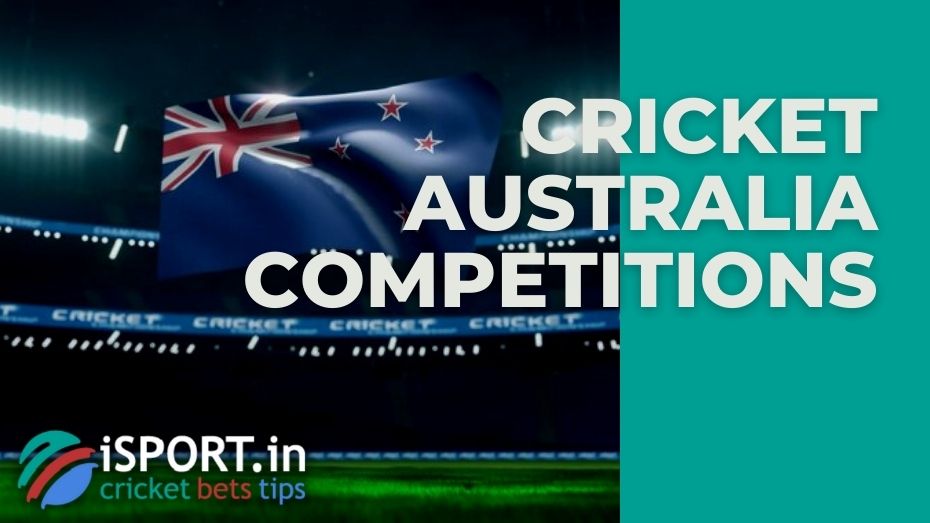
Cricket Australia: competitions
In addition to organizing international events, Cricket Australia is responsible for domestic championships held in all forms of cricket (Test, ODI and Twenty20):
- Sheffield Shield;
- Marsh One-Day Cup;
- Big Bash League;
- Futures League;
- Women’s National Cricket League;
- Women’s Big Bash League.
The association’s regulations also contain tasks for developing youth cricket; therefore, competitions of all ages from U15 to U19 among men and women are assigned to CA.
Read more information about team and players on our website.
